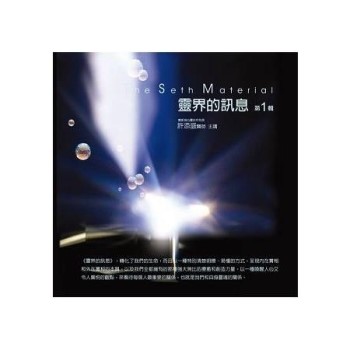This book provides a detailed and carefully researched catalogue of over 140 manuscripts related to the Mevlevi Sufis in their formative period during the thirteenth and fourteenth centuries. It also offers an in-depth and rigorous analysis of the manuscript material, which reveals much about the role of manuscripts in early Mevlevi life, the identity of disciples who were scribes and manuscript owners, and the geographical spread of the Sufi group. The Mevlevi Sufis were one of the most important and prominent socio-religious groups to emerge in late medieval Anatolia, following the Mongol conquests of the 1240s. Sometimes known colloquially as the ’whirling dervishes, ’ the Mevlevis became particularly powerful under Ottoman rule in the early modern period, even counting some sultans as their disciples. However, there is still much to learn about their earliest days, following the death of their ’patron saint’ Jalal al-Din Rumi in 1273. Rumi is of course also notable as the authorof the Masnavi, an extensive work of Sufi poetry written in rhyming couplets that is the core of Mevlevi ritual and learning. Beyond Mevlevi circles, Rumi remains very popular today as a ’mystic’ poet. This study sheds new light on the intellectual culture of his time.
| FindBook |
有 1 項符合
Mevlevi Manuscripts, C.1268-1400: A Study of the Sources的圖書 |
 |
Mevlevi Manuscripts, C.1268-1400: A Study of the Sources 作者:Jackson 出版社:Palgrave MacMillan 出版日期:2024-05-03 語言:英文 規格:精裝 / 普通級/ 初版 |
| 圖書館借閱 |
| 國家圖書館 | 全國圖書書目資訊網 | 國立公共資訊圖書館 | 電子書服務平台 | MetaCat 跨館整合查詢 |
| 臺北市立圖書館 | 新北市立圖書館 | 基隆市公共圖書館 | 桃園市立圖書館 | 新竹縣公共圖書館 |
| 苗栗縣立圖書館 | 臺中市立圖書館 | 彰化縣公共圖書館 | 南投縣文化局 | 雲林縣公共圖書館 |
| 嘉義縣圖書館 | 臺南市立圖書館 | 高雄市立圖書館 | 屏東縣公共圖書館 | 宜蘭縣公共圖書館 |
| 花蓮縣文化局 | 臺東縣文化處 |
|
|
圖書介紹 - 資料來源:博客來 評分:
圖書名稱:Mevlevi Manuscripts, C.1268-1400: A Study of the Sources
|










